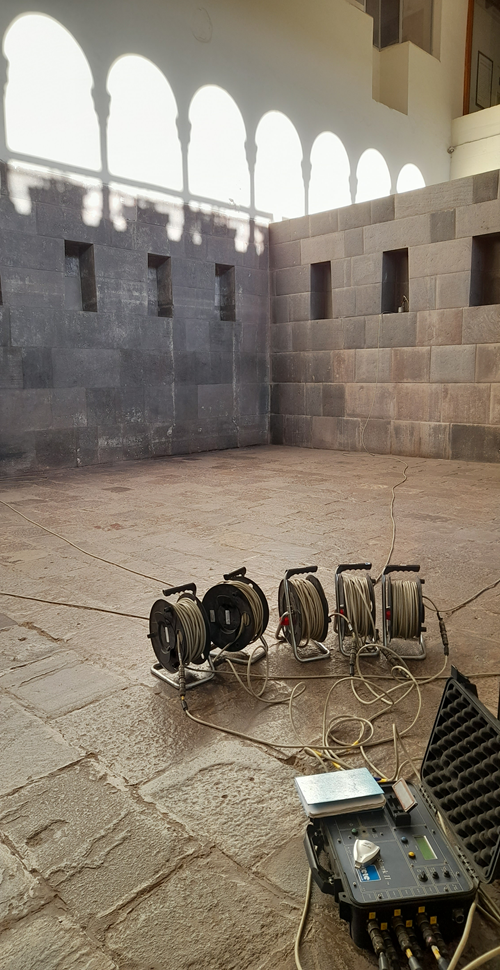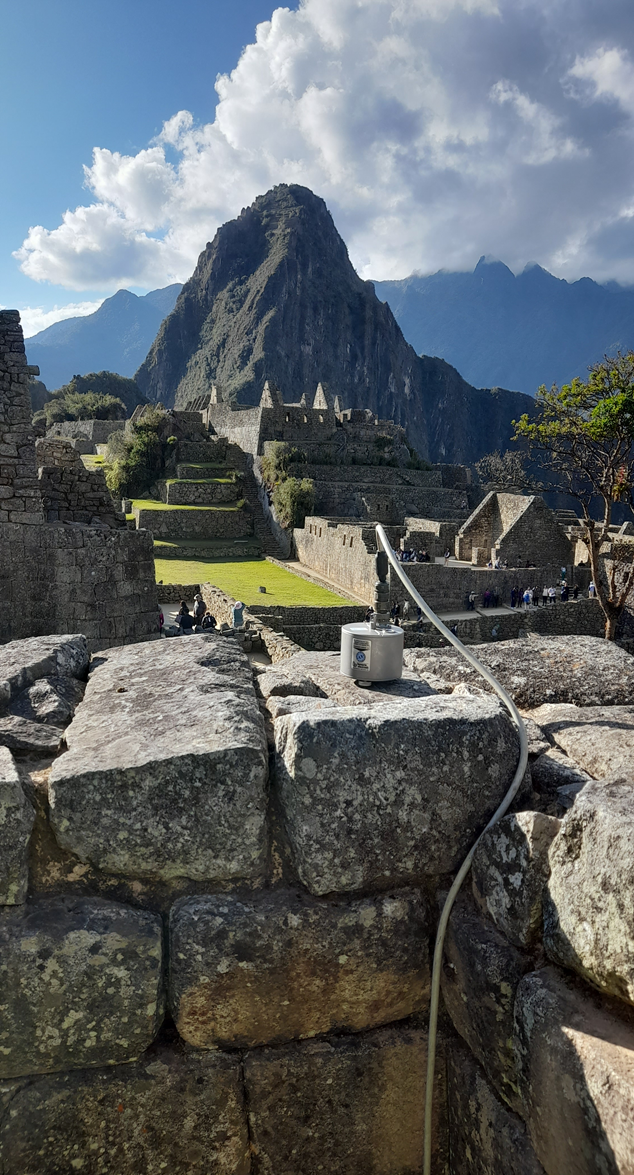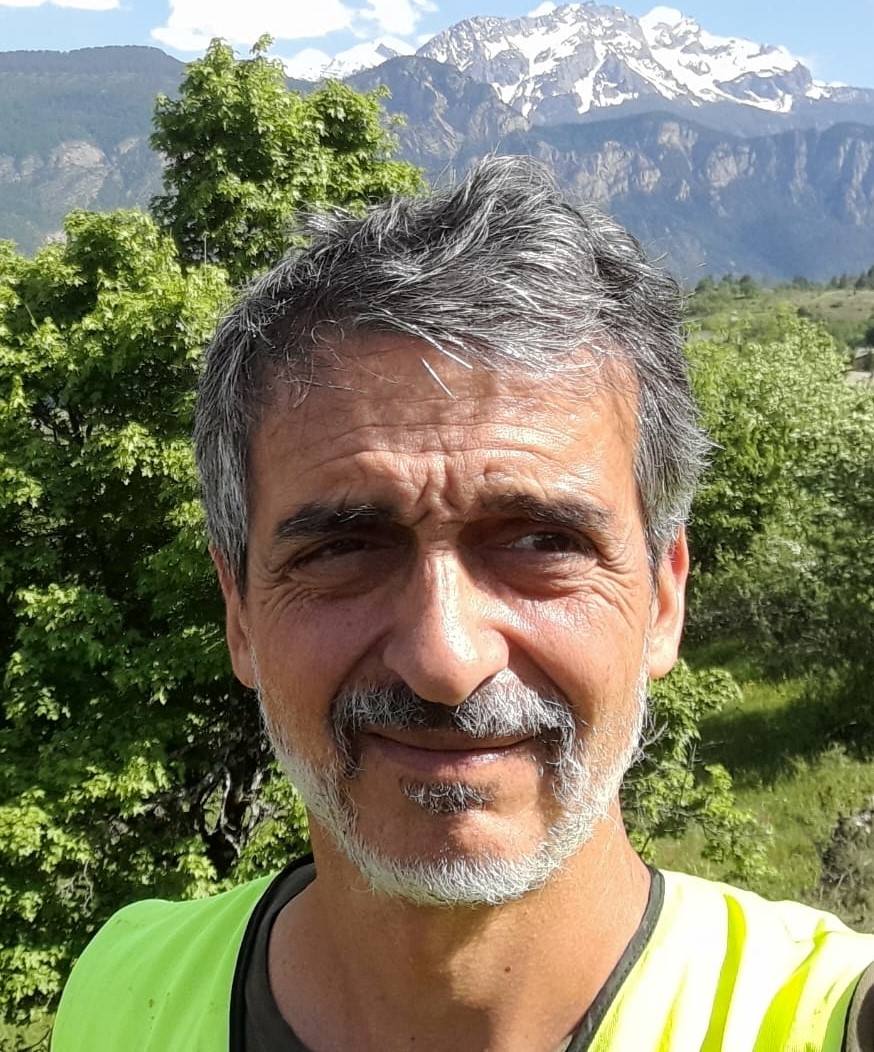Academy of Excellence "Space, Environment, Risk and Resilience"
Long-term monitoring of the dynamic response of cultural heritage monuments in Cusco, Peru
Listening to Inca and Colonial buildings to determine their seismic vulnerability
Academy 3 highlight
By monitoring historic monuments in Cusco, Peru, the MonitorInca project is measuring the vulnerability and the resilience of these structures to “evaluate the impact of natural hazards on the environment, cities and societies,” in partnership with INGEMMET Peru, the Geological, Mining and Metallurgical Institute of Peru.
The project

The Cusco region in Peru, which is the cradle of Inca civilization (fifteenth–sixteenth centuries) and Andean Baroque (seventeenth–eighteenth centuries), has an exceptional density of archaeological and historical buildings. Because of their centuries-old history and the diversity of materials and construction techniques used, the dynamic behavior and structural integrity of these complex engineering systems remain difficult to understand. Non-invasive, “passive” seismic methods, such as the analysis of ambient vibrations, have demonstrated their relevance for characterizing the dynamic response of structures and historic monuments.
While Operational Modal Analysis using short-term instrumentation is booming today, long-term monitoring of the behavior of structures, that requires heavier logistical and scientific investment, is still not widespread, particularly in the Andes. In the Cusco region, a large network of active faults represents a threat to the population and its heritage (earthquakes occurred in 1650 and 1950). In addition, greatly changing weather conditions and rapid urbanization of the region are threatening the resilience of the structures. It is therefore essential to estimate over the long term the impact of these various factors (seismic, environmental and human) on the response of historical buildings and to evaluate the diversity of processes at work.
Continuing the postdoctoral research of A. Combey (IRD-Géoazur) and the long-term instrumentation of the first two buildings in Cusco, the project aims to broaden the spectrum of the approach to other historical buildings (Incas and colonial) and to offer logistical, scientific and financial guarantees for the sustainability of this long-term monitoring system.
Using an interdisciplinary approach that brings together geophysicists, architects, civil engineers and data scientists, the data collected should lead to a better assessment of the processes of damage and aging of structures and improve numerical simulations in the event of strong earthquakes.

The +
The project has demonstrated the potential of artificial intelligence (AI) to create a dynamic response model for cultural heritage buildings and measure the impact of different stresses, such as changes in environmental parameters, catastrophic climatic events, anthropic vibrations and earthquakes.
What’s next?
The next step will be to apply the project’s techniques to other ancient masonry buildings in the Cusco area and in other countries. The comparison of different construction techniques may provide insights into ancient civilizations’ knowledge of catastrophic phenomena. It will lead to the proposal of a Structural Health Monitoring system to assess damage in cultural heritage sites using non-invasive techniques.
Project information
|
Scientific domain
Earth Sciences Archaeology Seismic Risks |
Key words Ambient vibration testing Time series analysis Structural engineering Structural dynamics |
|
Total budget
€7,000 from Academy 3
|
Students involved
/ |
| Partner Cerema Géoazur - Université Côte d’Azur, CNRS, OCA, IRD IRD EURECOM - Sophia-Antipolis International collaboration INGEMMET |
Project members Diego Mercerat Andy Combey Alix Lheritier |

Andy Combey
Géoazur - Université Côte d’Azur, CNRS, OCA, IRD
Scientific promotion of the project
- Combey A. Mercerat E.D. et al. (2024) Characterizing the seismic response and basin structure of Cusco (Peru). Implications for the seismic hazard assessment of a World Heritage Site. Natural Hazards, in review. preprint DOI: 10.21203/rs.3.rs-3859742/v1
- Combey, A., Audin, L., Gandreau, D., Benavente, C., Rosell, L., Marconato, L., 2022. Reassessing the seismic hazard in the Cusco area, Peru: New contribution coming from an archaeoseismological survey on Inca remains. Quaternary International 634, 81–98. https://doi.org/10.1016/j.quaint.2022.07.003


















